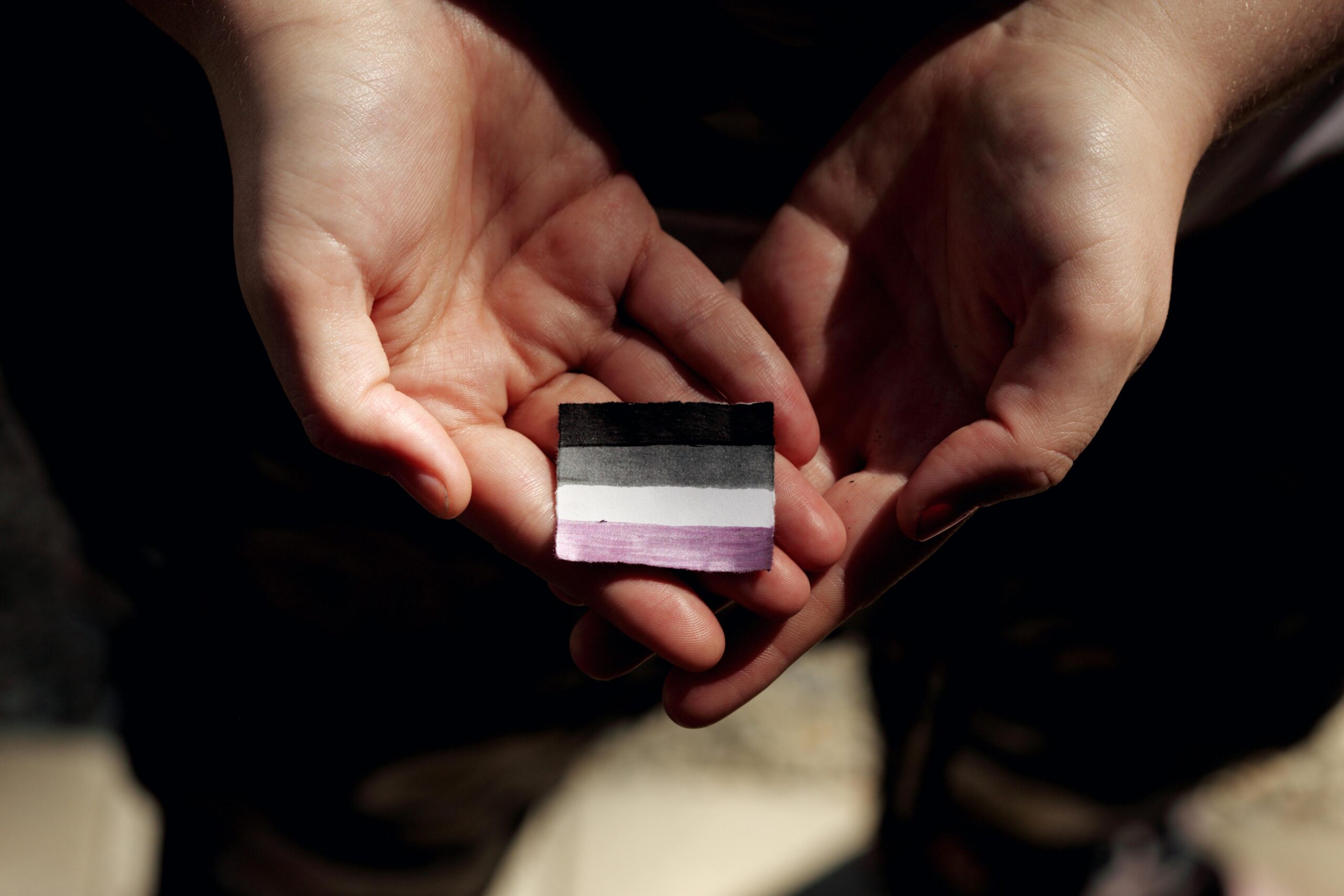
I came across a disturbing news article in The Huffington Post.
A mother who’d been reading her Bible was inspired to circumcise her three-month-old son after watching YouTube videos for training.
“Peterson, inspired after reading the Old Testament, decided she wanted her son to be circumcised,” The Huffington Post wrote.
“But because she believed he was too old to be circumcised by doctors, she decided to do it herself, after watching YouTube videos. She called 911 after the botched circumcision left her son bleeding uncontrollably and in great pain.”
This disturbing act really hit home the common belief in the community that circumscision is a benign treatment, with little pain and no real consequences for the man.
What is the foreskin?
The foreskin is a continuation of the skin from the shaft of the penis. It consists of two layers, the outer layer consisting of skin the same as the shaft of the penis and the inner layer consisting of mucosal tissue that is thought to nurture and protect the head of the penis.
At the junction between the outer layer and the inner layer is a rigid band that is rich in nerve endings thought to contribute to enhanced sensation during sex.
In newborns, this inner layer adheres to the head of the penis and by puberty is usually fully separated, allowing the foreskin to be retracted.
In most males, the foreskin represents around one-third of the skin of the penile shaft which contributes towards easier movement and reduced friction during sexual penetration.
What does the foreskin do?
The foreskin has four major roles in penile health: protection, sensation, to allow ‘glide’ during sexual intercourse provided by additional skin, and finally immune system functions with the presence of immune cells in the inner mucosal layer.
When the penis is flaccid, the foreskin is designed to offer protection to the head of the penis, the glans. It is believed that this increases the sensitivity of the glans and its many sensitive nerve endings.
As the penis becomes erect, the skin of the foreskin layers form a longer tube, enabling comfort with the erection and an additional gliding of the shaft skin. This is thought to reduce friction with penetration and increase sexual pleasure.
Does circumcision reduce HIV infection?
Because of the presence of immune cells susceptible to HIV in the foreskin, it was hypothesised that removing these cells, as well as the foreskin, would reduce HIV infections.
Three studies conducted in Africa demonstrated that circumcision reduced the risk of HIV infection in men sleeping with HIV positive women by 60 percent. This benefit is not conveyed to HIV negative women sleeping with HIV positive men, however, in the long term it’s thought that women would benefit by the reduction in the number of HIV-infected men.
When it comes to men having sex with men, an Australian study showed a reduced risk of HIV infection for insertive partners practising unprotected anal sex. Subsequent studies in the USA and Peru were not able to demonstrate any benefit of circumcision regarding HIV transmission.
These results have led the World Health Organisation to suggest that circumcision is only really useful in countries where there are high levels of HIV in the heterosexual population. They still reinforce that safe-sex practices is the main key to reducing HIV infections.
For gay men living in the First World, the most important way to reduce HIV infection is to practise safe sex.
Are there other advantages to circumcision?
Some doctors report significant advantages to circumcision with reduction in urinary tract infections, penile cancer and reduced risk of infections of the penis.
In reality, the risks of these problems are already quite low and circumcision does not actually change this risk to a high degree.
Take the risk of urinary tract infections (UTIs).
The risk of UTIs in males is already very low, about 0.5 percent or one in 200. Circumcision decreases the risk, however, when the numbers are reviewed there would need to be between 100 to 200 babies circumcised to prevent just one baby getting an UTI that can easily be treated with a short course of antibiotics. Compared to the risk of bleeding, infection and scarring of the circumcision, it’s a risk I would prefer not to take.
This is the same case with infections of the foreskin. They are rare and if they do occur, they are easily treated with antibiotics.
When is circumcision appropriate?
Currently the main indications for circumcision outside of religious or cultural reasons include treatment of recurrent foreskin infections, pain with sex due to the foreskin being too tight, cancer of the foreskin, and to help hygiene in foreskins that are not able to be retracted without pain, if at all.
US studies show that, post-circumcision, four out of 10 men reported penile sensation improved, two out of 10 said sensation decreased, seven out of 10 said their sex drive stayed the same and the same number reported a reduction of pain with sex.
It’s important to remember that circumcision is a surgical procedure that should include appropriate review with your doctor and surgeon if you are thinking about having the procedure done.
So guys, I hope you have found this brief round-up of the role of foreskins and circumcision helpful.
By DR GEORGE FORGAN-SMITH
General Practitioner
INFO: Dr George blogs at www.thehealthybear.com.au










It is irresponsible to say “a reduced risk of HIV infection for insertive partners practising unprotected anal sex” based on a study that boils down to THREE tops who MIGHT not have got HIV if they had been circumcised. It’s as useful as shouting “Fire extinguisher!” in a burning theatre.
“Three studies conducted in Africa demonstrated that circumcision reduced the risk of HIV infection in men sleeping with HIV positive women by 60 percent.” Actually, since there was no contact tracing, we have no idea how they got HIV. One of the studies was in Uganda where it can be death to admit having sex with a man. The “60% reduction” factoid amounts to 64 circumcised men getting HIV less than two years after 5,400 men were circumcised, 73 fewer than the non-circumcised control groups, while 703 men dropped out, their HIV status unknown.
“This benefit is not conveyed to HIV negative women sleeping with HIV positive men.” On the contrary, a study started to find that circumcising men INcreased the risk to women, but it was cut short for no good reason before that could be established.